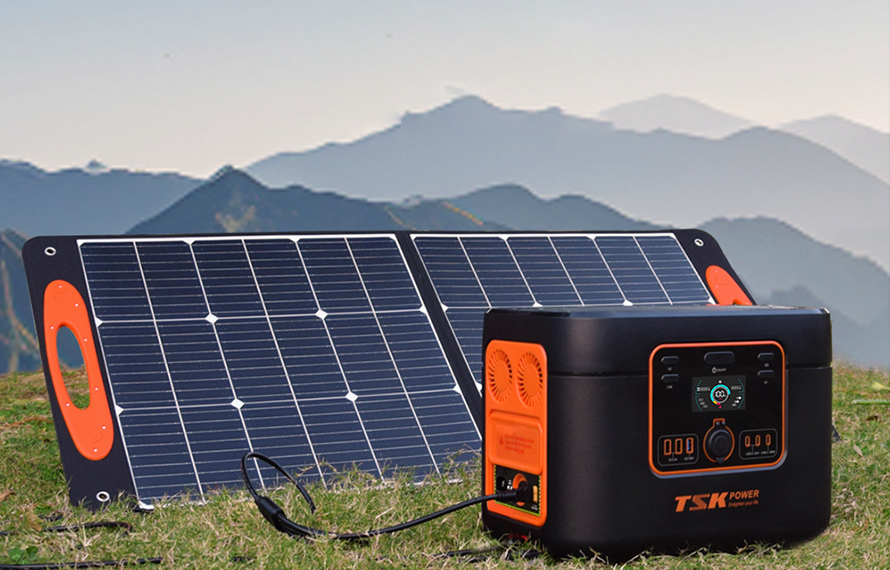What outdoor power supply is good for light strips? This is a very practical question, especially for friends who like outdoor decoration or camping. Light strips can create a beautiful atmosphere, but how to power them? Let me introduce some key points for choosing outdoor power supplies.

First of all, we need to make it clear what the voltage and power of the light strip are. Generally speaking, light strips use direct current, and the voltage has different specifications such as 5V, 12V, and 24V, and the power varies according to the length and type of the light strip. We can find this information on the packaging or instructions of the light strip, or we can measure it with a multimeter.
Secondly, we have to choose a suitable outdoor power supply. An outdoor power supply is a portable energy storage device that can provide direct current or alternating current to various electrical appliances. When choosing an outdoor power supply, we should pay attention to the following aspects:
Output power: The output power of the outdoor power supply must be greater than or equal to the total power of the light strip, otherwise it will cause the light strip to fail to work properly or be damaged. For example, if we have a 12V, 10-meter-long light strip that consumes 6W per meter, then its total power is 60W, and we have to choose an outdoor power supply with an output power greater than or equal to 60W.
Output voltage: The output voltage of the outdoor power supply must match the working voltage of the light strip, otherwise it will cause the light strip to be too bright or too dim, or even burn out. For example, if we have a 12V light strip, then we have to choose an outdoor power supply with an output voltage of 12V. If there is no outdoor power supply with the same voltage, we can use a buck or boost module to adjust it.
Output interface: The output interface of the outdoor power supply must be compatible with the connection method of the light strip, otherwise it will cause the connection to fail or be unstable. For example, if we have a 5V USB light strip, then we have to choose an outdoor power supply with a USB output interface. If there is no outdoor power supply with the same interface, we can use a converter to convert it.
Capacity: The capacity of the outdoor power supply determines how long it can power the light strip. The larger the capacity, the longer the power supply time. For example, if we have a 300Wh (watt-hour) outdoor power supply, it can power a 60W light strip for 5 hours (300/60=5). Capacity is generally expressed in Wh (watt-hour) or mAh (milliampere-hour), which can be converted by the following formula: Wh = V * Ah (V is voltage, Ah is ampere-hour).
Charging method: The charging method of the outdoor power source determines where it can be fully charged. Generally speaking, there are several charging methods:
Mains charging: It is charging with a socket at home, which is the most common and convenient way. However, you need to pay attention to the time required for full charging and whether it supports fast charging.
Driving charging: It is charging with a cigarette lighter in the car, which is a more practical way when driving. However, you need to pay attention to whether the vehicle supports driving charging and whether it affects the performance of the vehicle.
Solar charging: It is charging with solar panels outdoors, which is a more environmentally friendly and cooler way when there is no other charging method. However, you need to pay attention to whether the solar panels match the outdoor power supply and whether they are affected by the weather.
 2024-08-21
2024-08-21























